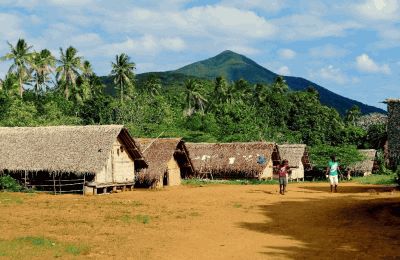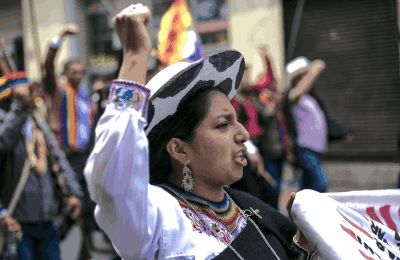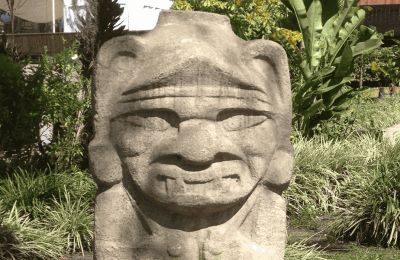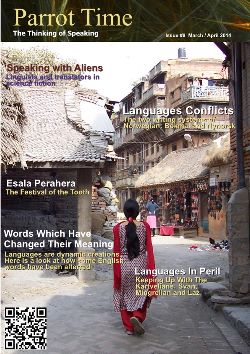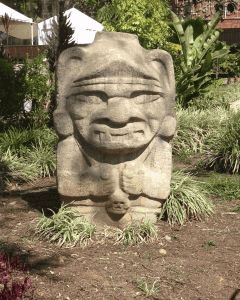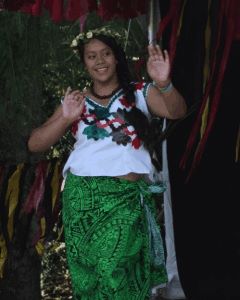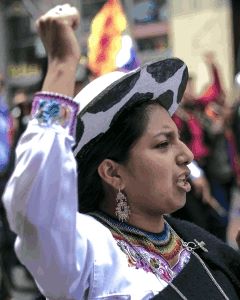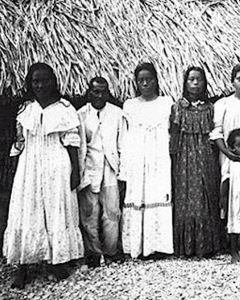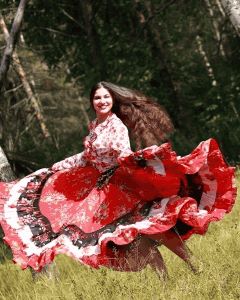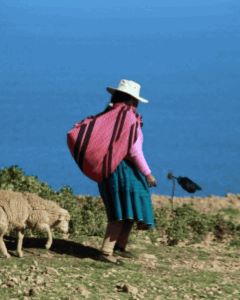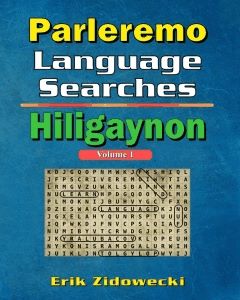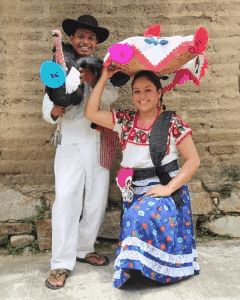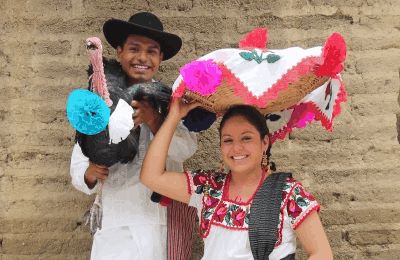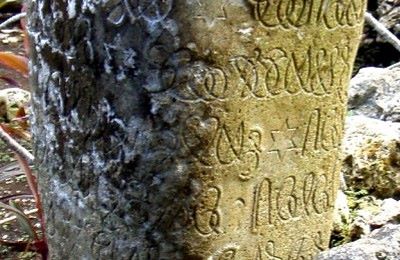A History of the Language of the Roma
|
Let's start off with identifying who the Gypsies even are. According to research from Dr.Ronald Lee, Coptic Egyptians had a bit of an easier passage through Europe due to the papal documents they had, stating they were on pilgrimmage. Gypsies took to claiming they were also Coptics, to gain this easier passage, as well. As a result, people called them Egyptians. Over time this was shortened to Gypsians, and eventually to Gypsies. However, we originate from Gurjara, in Northwestern India. The people of this region spoke a mixture of Indo-Aryan languages. At the beginning of the 11th century, constant warring began between these Indians, and Turkish Muslims, displacing many of the Indians, recruited as soldiers, or taken as slaves. This lasted until 1071, when the Byzantine Army was defeated at the Battle of Manzikirt, and the Seljuks established the Sultanate of Roum, from which several researchers now believe the term Rom, originates, from the Romiti, the name given to the people who were conquered by, and lived under this rule (and personally why I reject being called Roma, instead of Gypsy). That's the short version of the lengthy history Dr.Lee details of our beginnings. Now to explain how it ties into our language. 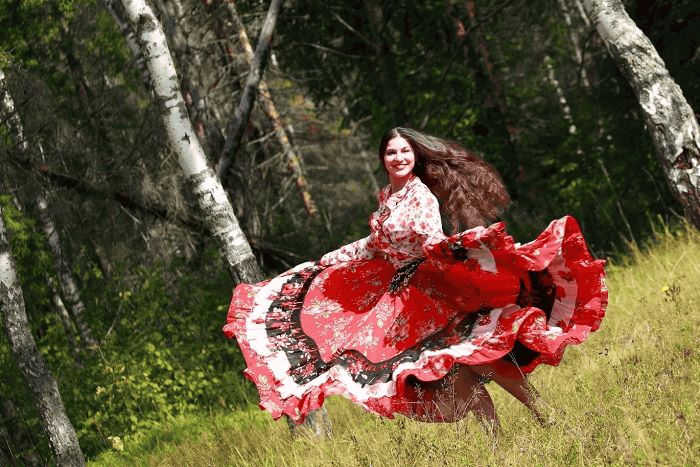 These Indians, speaking their mixture of Indo-Aryan languages, ended up in an Armenian speaking region before moving on to a Greek-speaking region, taken over by the Seljuk Turks, who spoke Persian, during war times over the course of several centuries. It's quite an amalgamation of languages that were collected under these circumstances, and it resulted in a new language. A military-speak, a combination of all these languages and loan words picked up along the way called Koiné, the common language of the Byzantine Greeks. It was during this period the Gypsies were mistakenly referred to as Atsingani, which was Greek for "not to be touched", much like the Dalits of India, which are referred to as untouchables. In this case, however, the term actually originally referred to Persian Mystics, not Indians, at all, but the term stuck and now has many variants throughout Europe. Most notably, Tigan, in Romania, where the word is synonymous with 'slave' due to the more than 500 years in which Gypsies were held in slavery in the region. This Koiné carried on through the rise of the Ottoman Turks who ended the reign of the Sultanate of Roum. After this, over time, the Indian families grew and began to migrate, generally in one group, until they reached Romania. There, families began to split off different directions and continue with migration. It was up to this point that our ancestors carried a generally common Gypsy language. That changed when we spread out. Different families picked up different loan words, resulting in a number of different dialects, very similar to how Native Americans have many tribes, such as Navajo and Blackfoot, and each tribe has their own distinct dialect, but they are still all one ethnic group from the same origin.  The earliest documentation of Gypsy is from Andrew Borde, who published a transcription of 13 sentences in Gypsy with an English translation, under the heading 'Egipt Speche' in 1542. Until then, it had been an oral language, only. For example, Slovakian Gypsies orthography was codified only in 1971. Due to this, much of the history of the Gypsy language is lost, and mentions of it are few and far between. Today, it is recognized as a minority language in many countries, and there are also some attempts to create a unified standard language. But many have lost much of the language, and speak primarily the language of the region they are from, but with Gypsy words peppered in, much the same as what is referred to as Spanglish. However, there is a concerted effort, now, to begin teaching the language again, fluently, to our youngest generation, to prevent losing a key part of our culture. More and more dialects are being developed into written form, and there is a widespread interest within our communities to learn it, and teach it, through a growing number of dictionaries and language books. Still, none are really comprehensive yet, as you can find for other languages. It is my hope that all the various groups of ethnic Gypsies will come together and embrace a unified image and the effort to pass on our culture for generations to come. There are certain people trying to divide us with different titles, but we are one people. The Gypsy people. And our language is beautiful, and worth every effort to keep alive. Rebekka Lee is a Gypsy and Black Dutch artist in Miami, Florida, US. Contributing to the raising awareness of Gypsy culture, she is holding a small but growing venture in Pensacola Beach each year that showcases different Gypsy vendor's artwork and music in a mini festival of sorts. |
| A History of the Language of the Roma | ||||
| Writer: | Rebekka Lee | |||
| Images: | ||||
| ||||
All images are Copyright - CC BY-SA (Creative Commons Share Alike) by their respective owners, except for Petey, which is Public Domain (PD) or unless otherwise noted.
|
Searching for language resources? Scriveremo Publishing, has lots of fun books and resource to help you learn a language. Click the link below to see our selection of books, availlable for over 30 langauges!
| |
comments powered by Disqus






